Growing sage at home is one of the most rewarding experiences for herb lovers—but it’s surprisingly easy to run into trouble without even realizing it. Despite being a hardy and drought-tolerant herb, sage has some very specific needs that often get overlooked, especially by beginners.
One of the most common mistakes is overwatering, which can lead to root rot in a plant that thrives in dry, well-drained soil. Others include planting in full shade instead of full sun, harvesting too aggressively, or failing to prune the plant regularly to keep it from getting woody. Using poor-quality soil, neglecting airflow, and planting too close to other herbs are also issues that stunt growth and flavor. By learning what to avoid, you’ll help your sage thrive—and enjoy richer, more aromatic leaves in your kitchen all season long.
Overwatering
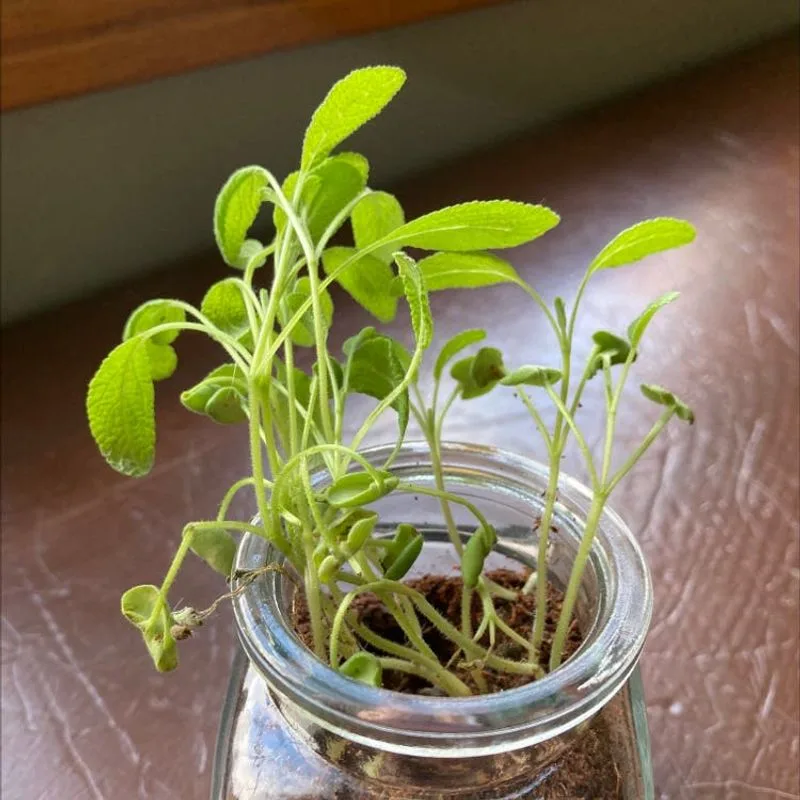
Sage is not a fan of soggy feet. Overwatering is a frequent blunder, as sage prefers its soil to be on the dry side. Constantly wet soil can lead to root rot, a condition that can prove fatal to the plant. For sage enthusiasts, ensuring that the pot or ground has good drainage is a must.
It’s wise to wait until the top inch of soil feels dry before giving your sage a drink. This not only protects the roots but also encourages healthy growth. So, next time you reach for the watering can, pause and check the soil first.
Lack of Sunlight
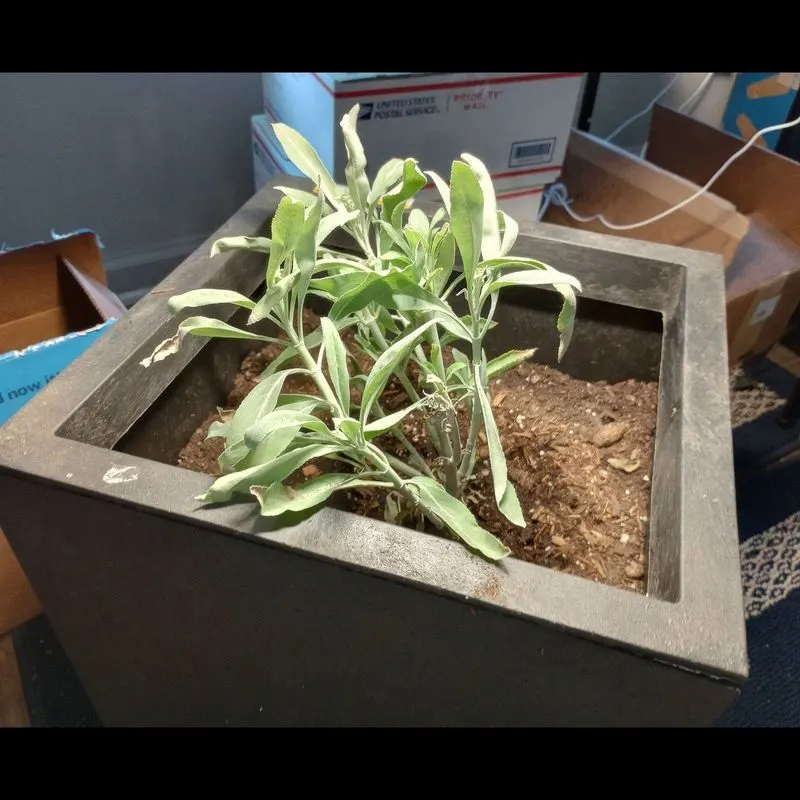
Sage is a sun lover, basking happily in six to eight hours of sunlight daily. A common misstep is placing the plant in a shaded area, which can cause it to grow tall and leggy, desperately reaching for more light.
Move your sage to a sunny spot, either in your garden or by a bright window indoors, to keep it compact and robust. Not enough light also diminishes the plant’s essential oil production, affecting the aroma and flavor. Without adequate sun, sage simply can’t be its vibrant, flavorful self.
Poor Soil Quality
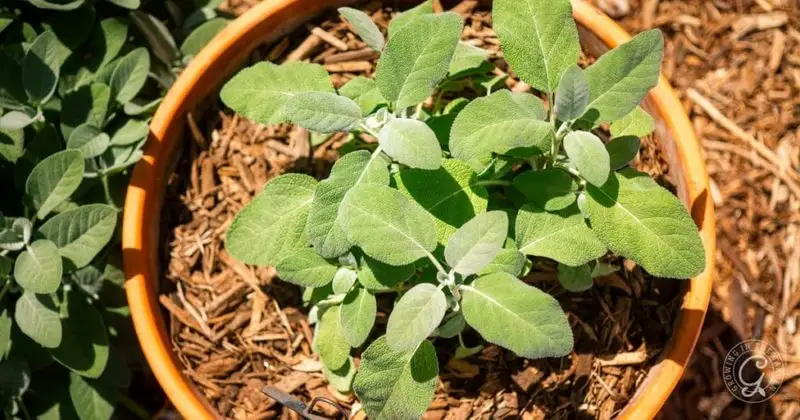
Sage thrives in well-draining, nutrient-rich soil. A common error is neglecting the soil’s quality, leading to weak, spindly growth. Sage doesn’t demand much, but poor soil can stifle its potential.
Enrich your soil with organic matter or compost to provide the nutrients it craves. This simple adjustment can transform your sage from struggling to thriving. Remember, a robust foundation is key for a healthy plant, so invest in your soil’s quality to see your sage flourish.
Not Pruning Regularly
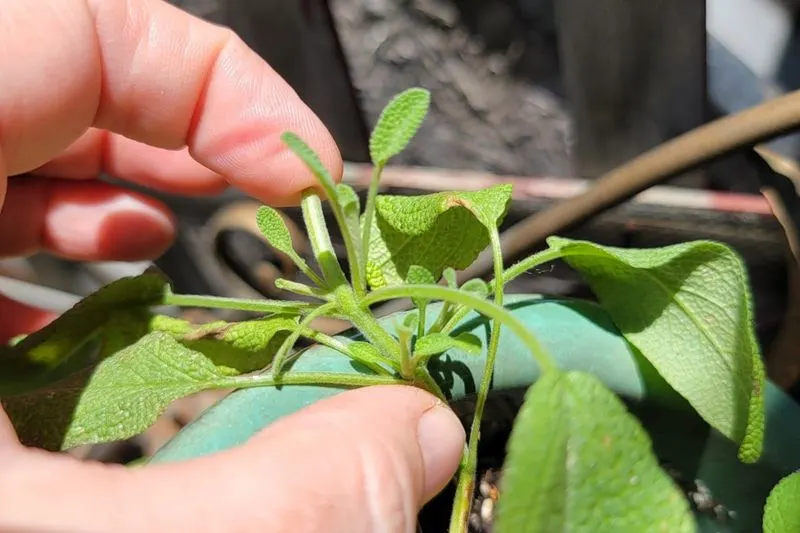
Allowing sage to grow unchecked is a frequent mistake. Regular pruning encourages bushy growth and prevents the plant from becoming too woody and unproductive.
Trim your sage by cutting back just above leaf nodes, especially during the growing season. This practice not only maintains its shape but also boosts new leaf production. Keeping your sage tidy ensures it remains both beautiful and bountiful, ready to enhance your culinary creations.
Ignoring Pest Problems
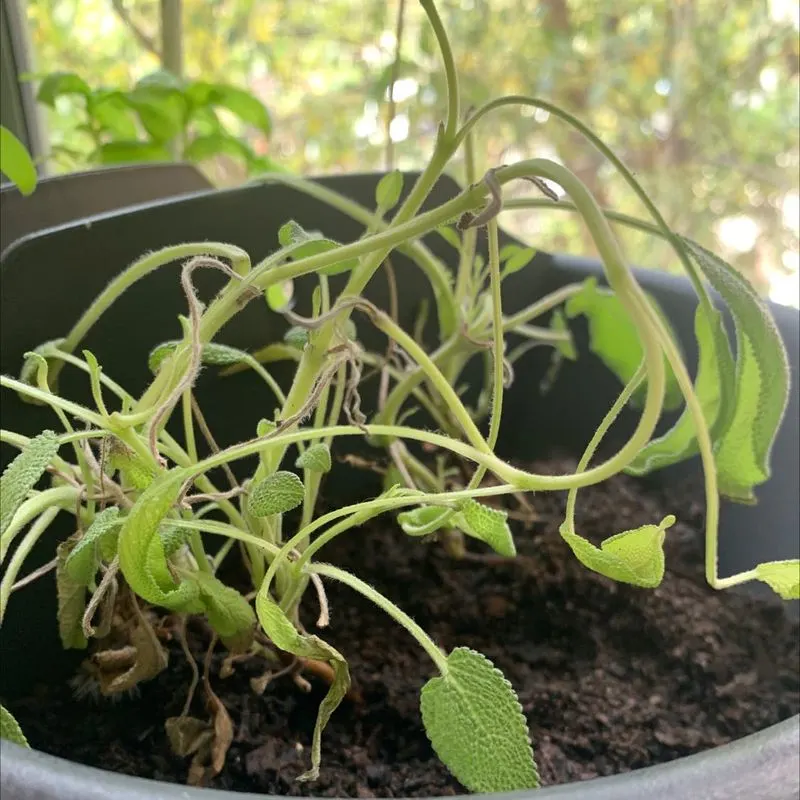
Pests love sage as much as you do. Ignoring these tiny invaders can lead to significant damage and even plant death. Aphids, spider mites, and whiteflies are common culprits that feast on sage leaves.
Regularly inspect your plant and take action at the first sign of trouble. Natural remedies like neem oil or insecticidal soap can help keep your sage pest-free. Vigilance is key; nip pest problems in the bud to maintain a healthy, thriving plant.
Planting Too Close Together
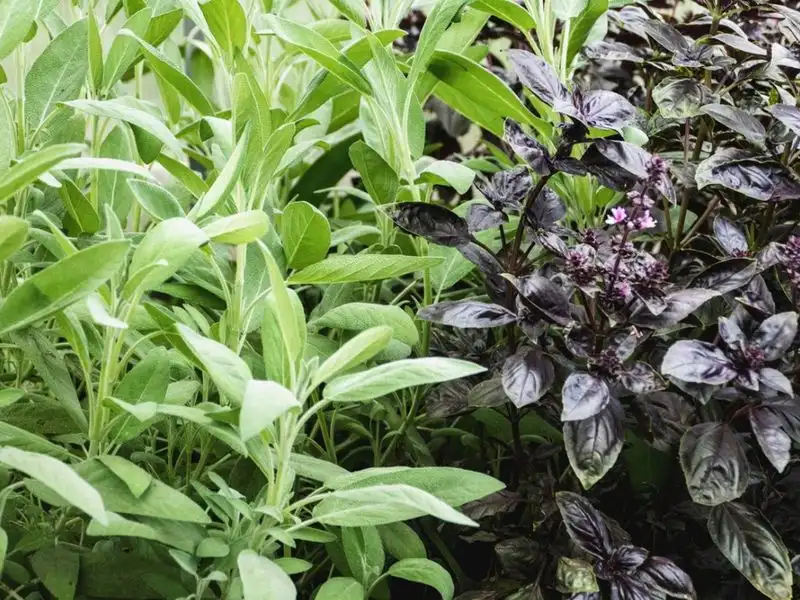
Sage needs its space. Planting too close together is a common mistake, leading to competition for light, nutrients, and airflow.
Give your sage ample room to grow by spacing them at least 18-24 inches apart. This spacing allows for proper air circulation, reducing the risk of diseases like mildew. A well-spaced garden not only promotes healthier plants but also makes harvesting easier and more enjoyable.
Wrong Pot Size

Choosing the wrong pot size can hinder sage’s growth. A pot that’s too small confines the roots, leading to a stressed plant that can’t absorb enough nutrients.
Opt for a pot that’s at least 12 inches in diameter to give your sage room to flourish. Re-pot if necessary, ensuring there’s adequate drainage to prevent waterlogging. The right pot size promotes a robust root system, which in turn supports a healthy, productive plant.
Improper Harvesting

Harvesting sage is an art. Improper techniques can harm the plant, reducing its vitality and yield. Avoid yanking or tearing leaves, which can cause stress and hinder growth.
Use sharp scissors or pruning shears to snip leaves just above a leaf node. This encourages new growth and ensures a continuous supply of fresh sage. Harvest regularly, but never remove more than a third of the plant at once to keep it thriving.
Overfertilization
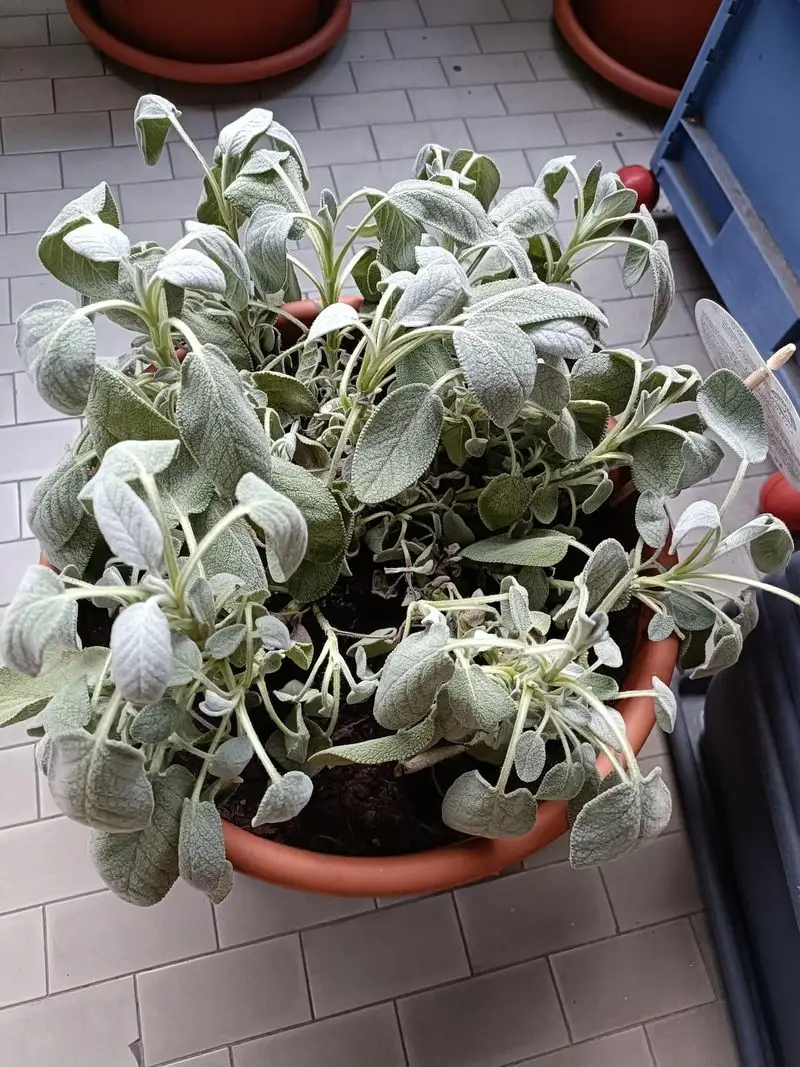
Less is more when it comes to fertilizing sage. Overfertilization can lead to lush foliage with little flavor, as excessive nutrients promote leaf growth over essential oil production.
Feed your sage sparingly, using a balanced, organic fertilizer during the growing season. This approach maintains the plant’s natural balance, enhancing both its growth and flavor. Remember, a light touch with fertilizer is all sage needs to shine.
Using The Wrong Fertilizer

Not all fertilizers are created equal. Using the wrong type can harm sage, affecting its growth and flavor. Sage prefers organic or slow-release fertilizers, which provide a steady supply of nutrients.
Chemical fertilizers can burn the plant and alter the soil’s pH, leading to imbalances. Opt for natural options to nurture your sage without the risks. By choosing the right fertilizer, you’ll ensure a thriving, aromatic plant that’s perfect for your culinary needs.
Ignoring Seasonal Changes

Sage is sensitive to its environment, and ignoring seasonal shifts can be detrimental. As temperatures drop, sage needs protection from frost and cold winds.
Move potted plants indoors or provide mulch for outdoor ones to safeguard against harsh weather. Understanding and adapting to seasonal changes keeps your sage healthy year-round. By being attuned to the climate, you can enjoy a resilient, productive plant.
Neglecting Companion Planting
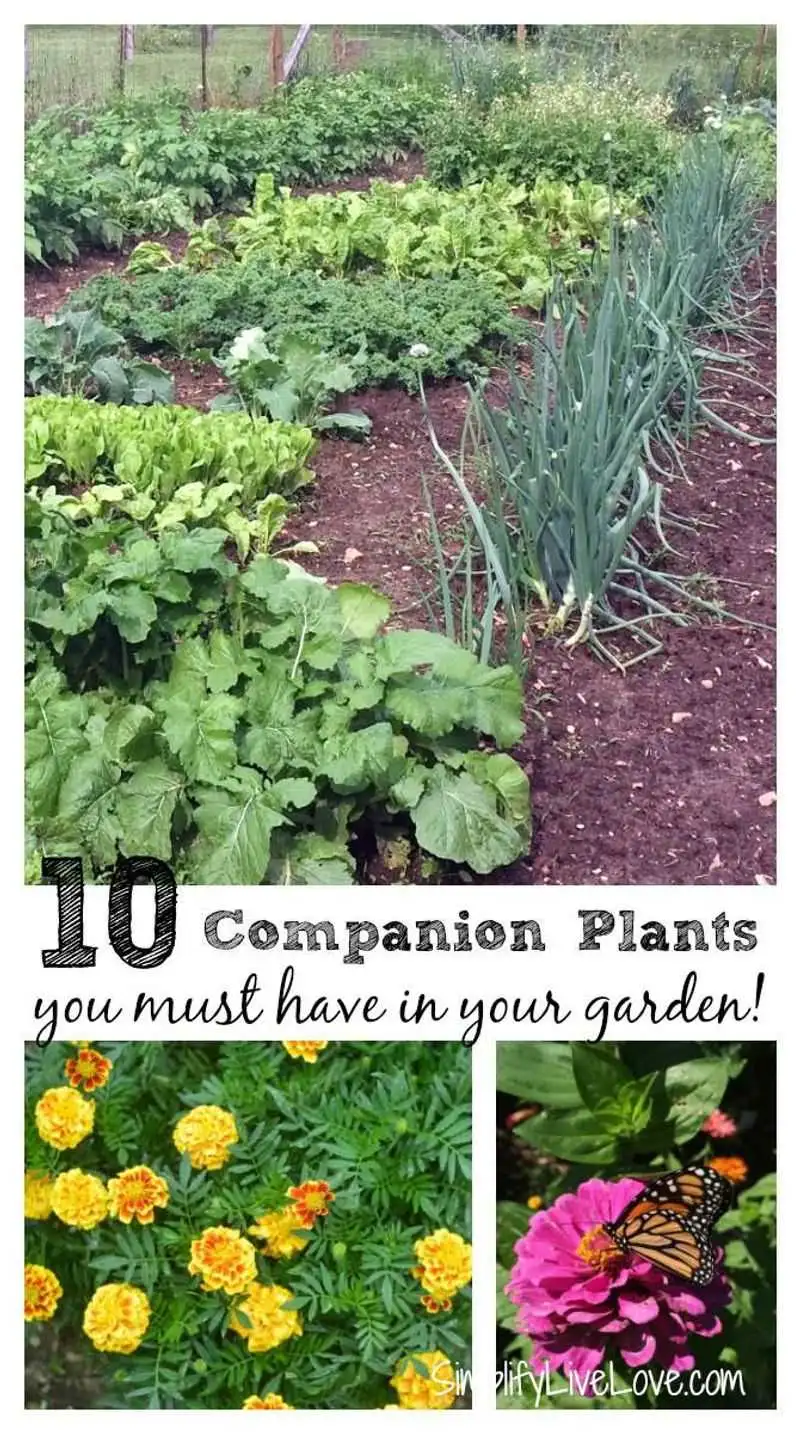
Companion planting can enhance sage’s growth, yet many overlook this beneficial practice. Sage thrives alongside rosemary, cabbage, and carrots, which can improve its health and deter pests.
Integrating these companions can lead to a more dynamic, balanced garden. Neglecting this strategy means missing out on the natural advantages that come from plant partnerships. Embrace companion planting for a harmonious, productive garden ecosystem.

